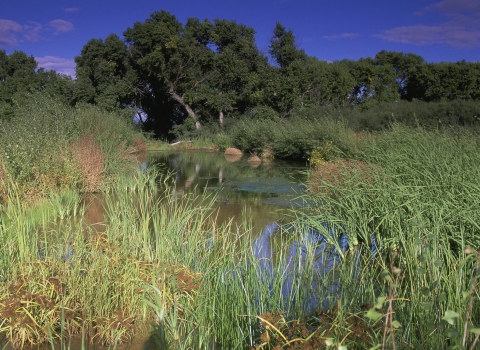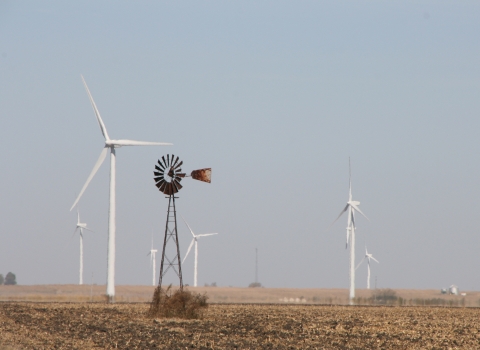The U.S. Fish and Wildlife Service will hold an open house later this month to announce improvements to the fisheries and fishing access at Lake Mattamuskeet in the Mattamuskeet National Wildlife Refuge in Hyde County, North Carolina.
The open house, which the public is invited to attend, is scheduled on Thursday, June 26 from 7 p.m. to 9 p.m. at the Mattamuskeet Early College High School Cafeteria, 20392 U.S. 264 in Swan Quarter, North Carolina.
The Service is working with the North Carolina Wildlife Resources Commission on a number of projects, including:
- Rehabilitation of an old boat ramp on the west side;
- Increased spraying of invasive phragmites along the banks to improve fishing access and fish habitat;
- Monitoring water levels and quality via U.S. Geological Survey data;
- Opening a new fishing trail near the refuge’s headquarters and the Commission’s lodge;
- Increasing enforcement of creel limits, or the number of fish that can be taken by anglers;
- Rehabilitating the wooden bridge by the Visitor’s Center, which has become a popular fishing and crabbing spot; and
- Completing the fish stocking and population study to inform further stocking consideration.
The Service is also working with the Commission on a proposal to open the lake’s west side to fishing before March 1, depending on the waterfowl population there.
Southeast Region National Wildlife Refuge System Chief David Viker said “We will continue to coordinate closely with the Commission to make additional improvements and adjustments as needed.”
At the open house, the Service will also share its passive water management strategy until studies can conclude that active water management would be in compliance with biological and legal considerations such as the 1934 consent decree regarding adjacent landowner drainage rights.
A technical working group consisting of federal and state experts, formed last year, will continue to meet to provide the refuge with sound science to inform future management decisions, particularly concerning Lake Mattamuskeet’s water quality and quantity.
The refuge is thriving as a natural resource enjoyed by thousands of hunters, anglers, bird watchers and other visitors every year. More than 200,000 migrating and wintering waterfowl spend time at the refuge, which is strategically located along the Atlantic Flyway. This past year, the refuge hosted record numbers of waterfowl. A diverse population of wildlife also inhabits the refuge, including deer, bobcat, gray fox, black bear, largemouth bass and other popular game fish, blue crab, American eel, 31 species of snakes and 240 resident and migratory birds.
At 40,100 acres, Lake Mattamuskeet is North Carolina’s largest natural lake. It is a naturally shallow lake that rises and falls depending on rainfall. It tends to be higher during the winter and lower during the summer. The refuge maintains flapgates in four canals connecting the lake to Pamlico Sound.
These gates prevent saltwater from entering the lake when it falls below the level of the Sound, and allow lake water to flow into the Sound when the lake is higher.

